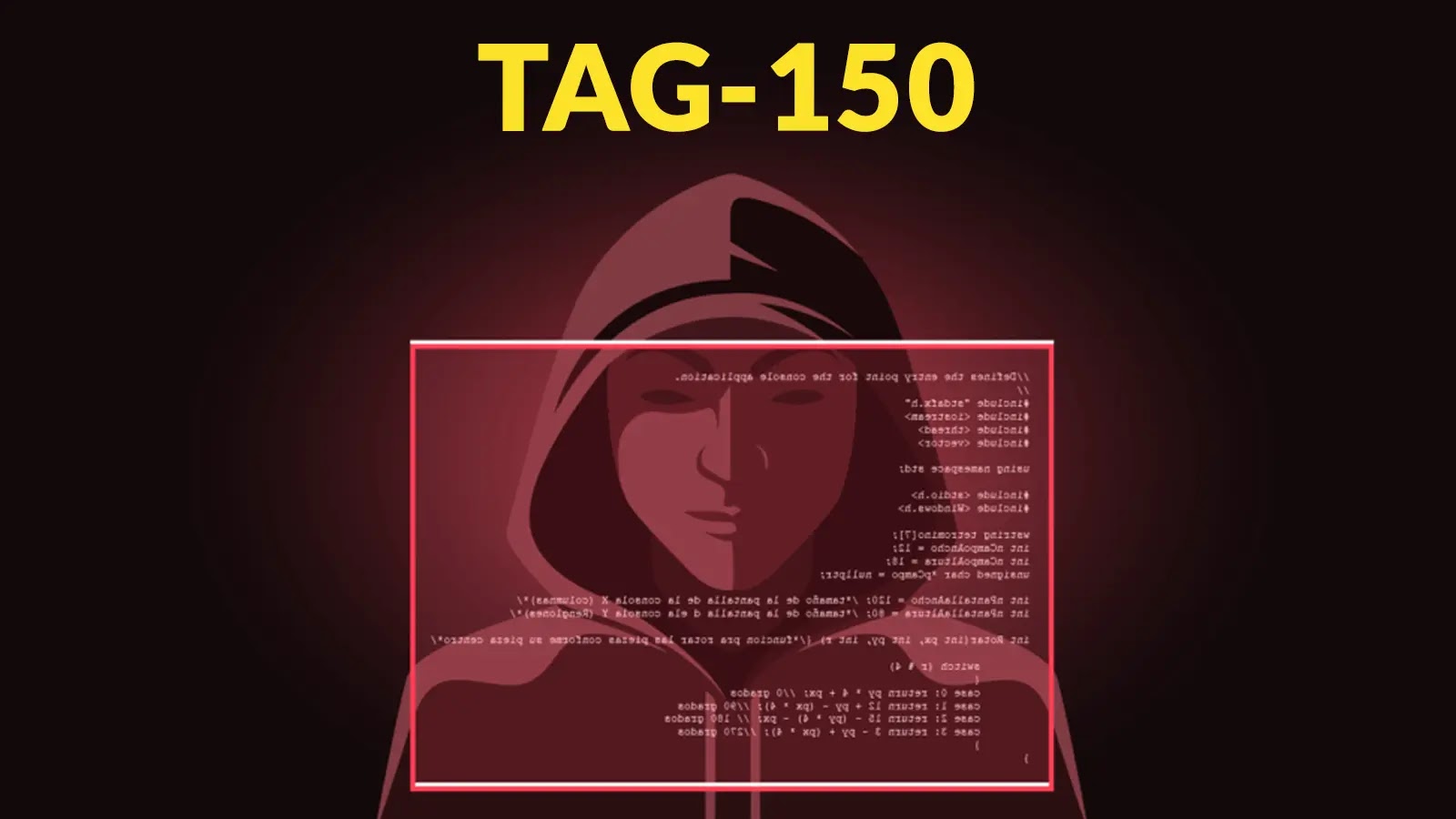
TAG-150 Hackers Deploying Self-Developed Malware Families to Attack Organizations
TAG-150: Unraveling a New Era of Self-Developed Cyber Threats
Organizations face an escalating array of sophisticated cyber threats, and a significant new player has emerged: TAG-150. This threat actor stands out not just for its rapid development capabilities but for its commitment to deploying entirely self-developed malware families. Since March 2025, TAG-150 has demonstrated remarkable technical prowess, impacting the threat landscape significantly. Understanding their methodologies and tools is paramount for contemporary cybersecurity defense.
The Rise of TAG-150: A New Advanced Persistent Threat (APT)
TAG-150 has quickly established itself as a formidable force, exhibiting characteristics commonly associated with advanced persistent threat (APT) groups. Their strategic approach and technical depth suggest a well-resourced and highly motivated adversary. Unlike many groups that rely on readily available or adapted tools, TAG-150’s commitment to creating bespoke malware signifies a higher level of operational security and a potentially harder-to-detect footprint within compromised networks. This self-reliance poses a unique challenge for traditional signature-based detection mechanisms.
TAG-150’s Malicious Arsenal: CastleLoader, CastleBot, and CastleRAT
The core of TAG-150’s threat extends from a trilogy of custom-built malware families, each designed for specific stages of their attack chain:
- CastleLoader: This initial access loader is likely responsible for the delivery and execution of subsequent malicious payloads. Its primary function is to establish a foothold within the target environment, paving the way for further compromise.
- CastleBot: While specific functionalities are still being analyzed, typical botnet components enable remote control over compromised systems, allowing for data exfiltration, command execution, and potentially the deployment of additional malicious tools.
- CastleRAT (Remote Access Trojan): The most concerning development, CastleRAT, is a previously undocumented remote access trojan. RATs are notoriously dangerous, granting attackers comprehensive control over a victim’s machine, including file manipulation, keystroke logging, screen capture, and control over peripherals. The emergence of a custom-developed RAT indicates TAG-150’s intent to maintain persistent, deep access to compromised systems for long-term objectives. The absence of CVEs for these self-developed tools underscores the challenge in tracking and flagging them through traditional vulnerability databases.
Tactics, Techniques, and Procedures (TTPs)
While the full spectrum of TAG-150’s TTPs is still under observation, their deployment of multiple, purpose-built malware families suggests a calculated and methodical approach. Their apparent rapid development cycle indicates agility and adaptability, allowing them to quickly iterate on their tools in response to defensive measures. The use of custom loaders, bots, and RATs typically points to a multi-stage attack methodology often involving:
- Initial Compromise: Likely via phishing, spear-phishing, or exploitation of publicly exposed vulnerabilities.
- Foothold Establishment: Using CastleLoader to gain initial access and persistence.
- Internal Reconnaissance and Lateral Movement: Employing CastleBot to map the network and move deeper into the infrastructure.
- Persistent Control and Data Exfiltration: Leveraging CastleRAT for long-term access, data theft, and potentially further malicious activities.
Remediation Actions and Defensive Strategies
Mitigating the threat posed by TAG-150 and similar sophisticated actors requires a multi-layered and proactive cybersecurity posture. Given their reliance on self-developed malware, traditional signature-based defenses may be insufficient.
- Endpoint Detection and Response (EDR) & Extended Detection and Response (XDR): Implement robust EDR/XDR solutions that provide behavioral analysis and anomaly detection to identify suspicious activities that custom malware might execute, even if signatures are unknown.
- Network Segmentation: Isolate critical assets and sensitive data to limit lateral movement in case of a breach.
- Strict Patch Management: Regularly update all operating systems, applications, and network devices to patch known vulnerabilities. While TAG-150’s malware isn’t linked to specific CVEs, initial access often exploits documented flaws, such as those found in outdated software.
- User Awareness Training: Educate employees on identifying and reporting phishing attempts and suspicious emails, which are common vectors for initial compromise.
- Least Privilege Principle: Enforce the principle of least privilege for all users and systems, minimizing the potential impact of compromised credentials.
- Threat Intelligence Integration: Subscribe to and actively consume high-fidelity threat intelligence feeds to stay informed about emerging threats, TTPs, and indicators of compromise (IoCs) associated with groups like TAG-150.
- Application Whitelisting: Implement application whitelisting on critical systems to prevent the execution of unauthorized programs.
- Proactive Threat Hunting: Regularly perform proactive threat hunting within your environment, looking for suspicious behaviors or IoCs that might indicate a presence, even if no alerts have been triggered.
Conclusion
The emergence of TAG-150 and their commitment to developing sophisticated, bespoke malware families like CastleLoader, CastleBot, and CastleRAT represents a significant evolution in the cyber threat landscape. Their rapid development capabilities and technical proficiency demand a recalibrated approach to defense, moving beyond reactive measures to a more proactive and behavior-centric security strategy. Organizations must prioritize advanced detection capabilities, robust incident response plans, and continuous threat intelligence integration to safeguard their digital assets against this new generation of highly adaptive adversaries.





